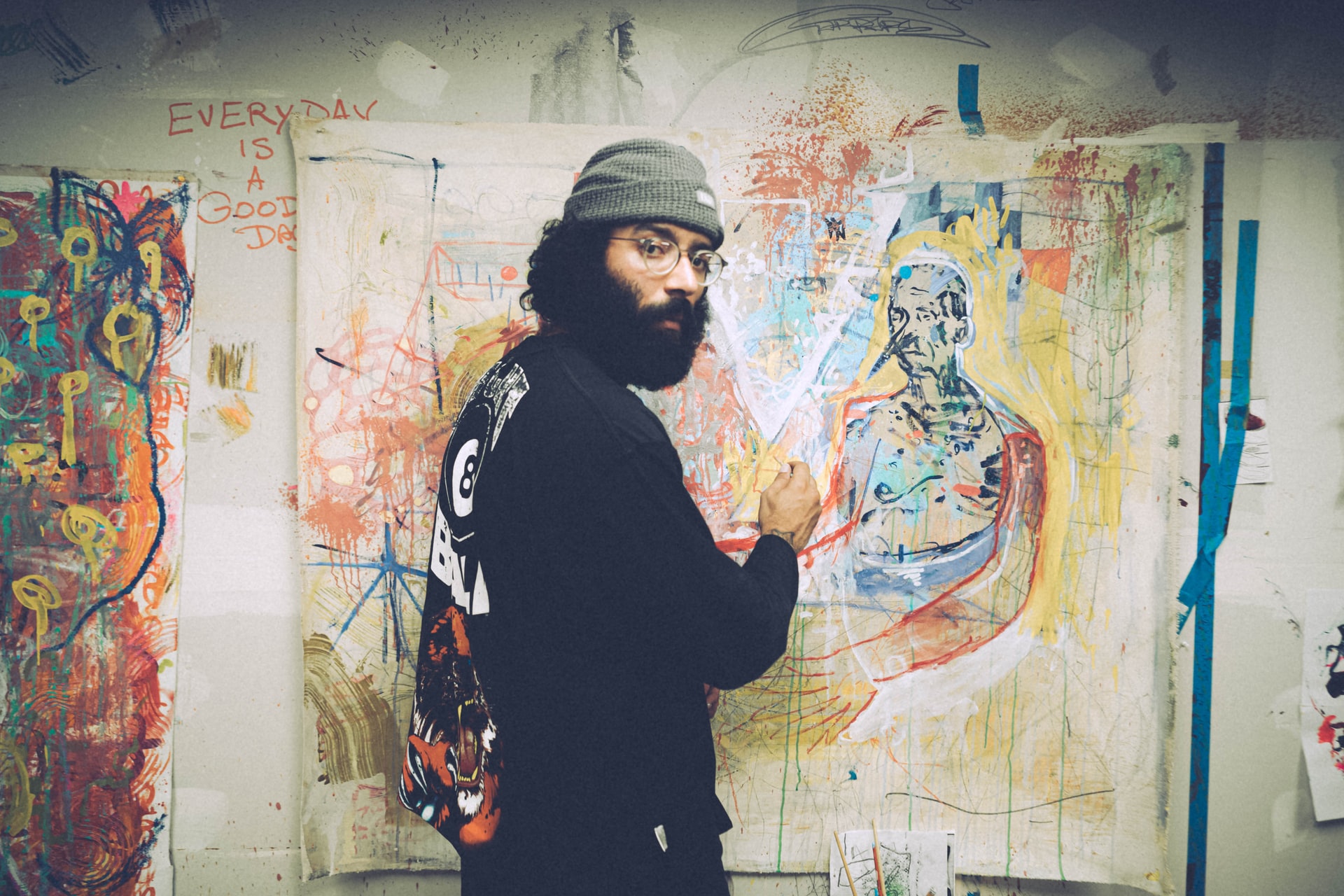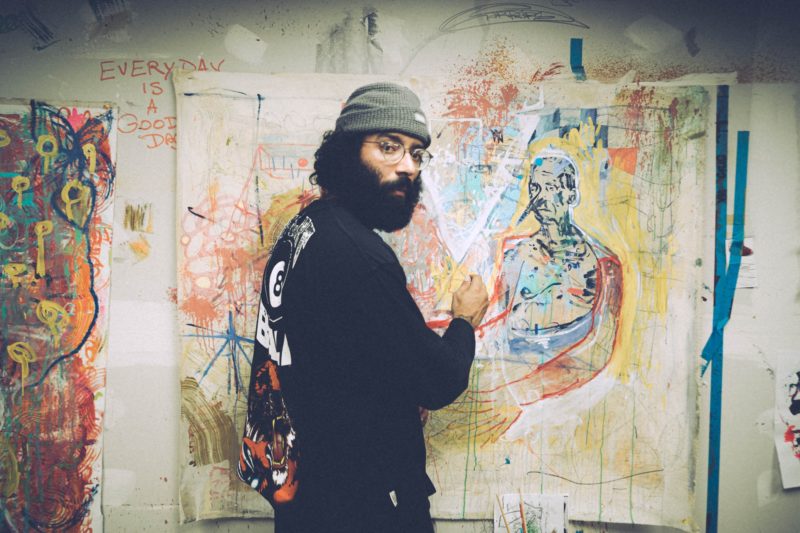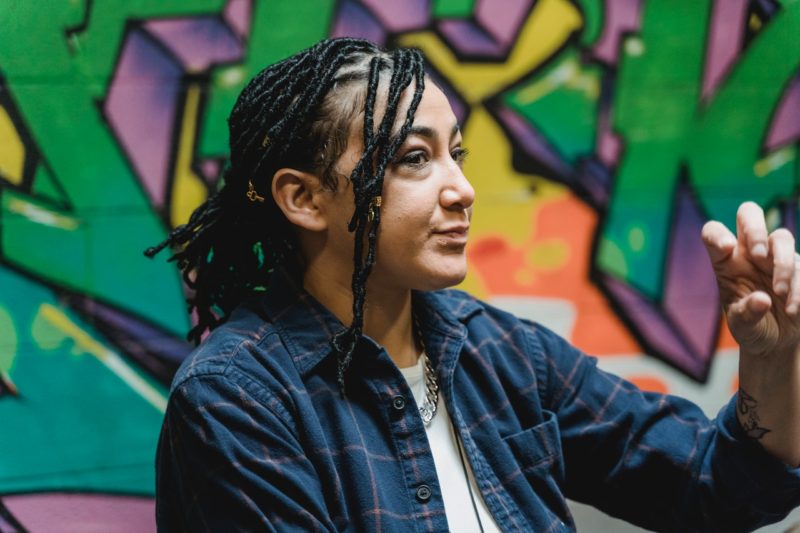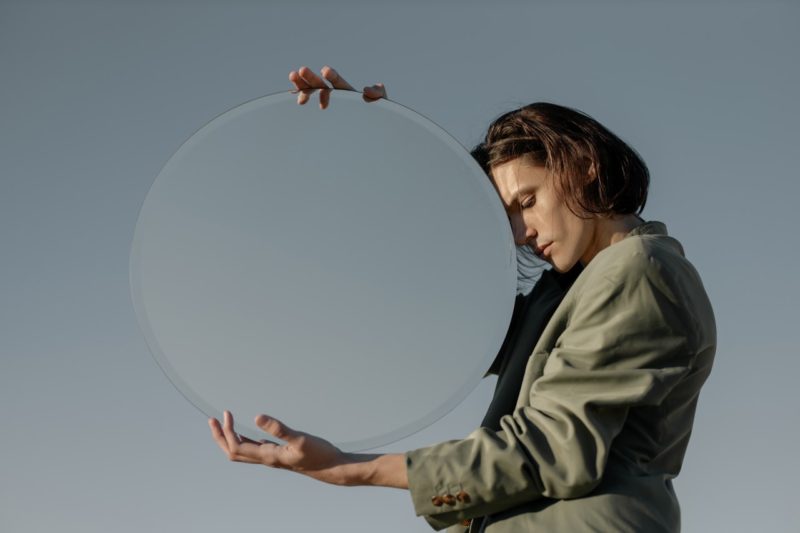Creative Madness: Do You Need to be Crazy to Be an Artist?

Madness is a characteristic usually attributed to artists and creative people in general. Some people tend to believe that you need to be a little bit odd, queer, or bizarre to create world-famous masterpieces, whether it is a movie or painting. But how reliable is this statement? Does eccentricity equal creativity and why is creative madness more a perpetuated myth rather than brutal reality? Let’s give it some thought.
Creative madness: a peculiarity of a minority or a majority myth?
Whenever you hear about the correlation between madness and creativity, the name of Vincent Van Gogh usually pops up. However, the insanity and illness of the iconic painter and adept of Dutch still life raise doubts. There are many more real and fake stories about the oddity of famous masterminds. But what media fails to cover and analyze is the normality of certain behavioral patterns that all kinds of creators and creative inventors demonstrate. In other words, everyone suffers from creative madness as long as their lives are under observation of the public and analysts.
The argument goes that so-identified madness is a product of more humane forces. Passion and obsession, as well as ego and addiction, might well become the engine for progress. It is a well-known fact that many outstanding painters, sculptors, architects, and performers had phobias, mental issues, and problems with alcohol or drugs. Some individuals were famous for their posh fashion sense, while others became known for their public misconduct. When a couple of these features combine together, we get what people call creative madness. According to this explanation, though, quite a few individuals are themselves mad.
Every person is an artist. In the search for normality, society has formulated terms that it nowadays cannot agree on. Artists all around the world wouldn’t be stigmatized as crazy or odd individuals if other people stopped normalizing normal people.



